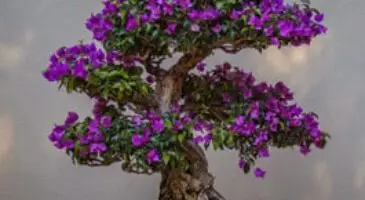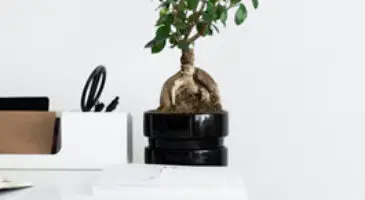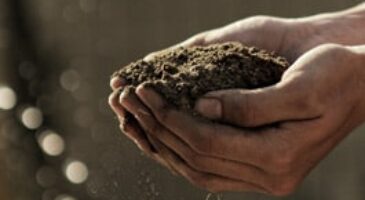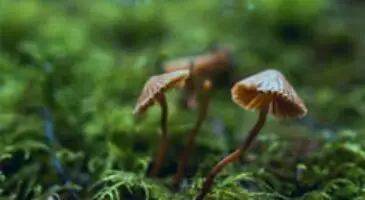Table of Contents
No doubt, putting food items in the fridge is one of the best and most efficient ways of preserving them. This has been the practice among homeowners since its inception, and the reason for this is not so complicated.
Interestingly, this practice is fast becoming a norm among Bonsai growers too, as they have also inculcated the habit into their tradition as a form of preparing their Bonsai seedlings or trees for planting.
However, people find this somewhat strange and would often ask questions like, “why do you put Bonsai trees in the fridge?” This article provides an elaborate answer to this question.
Why do Bonsai need to go into the fridge?
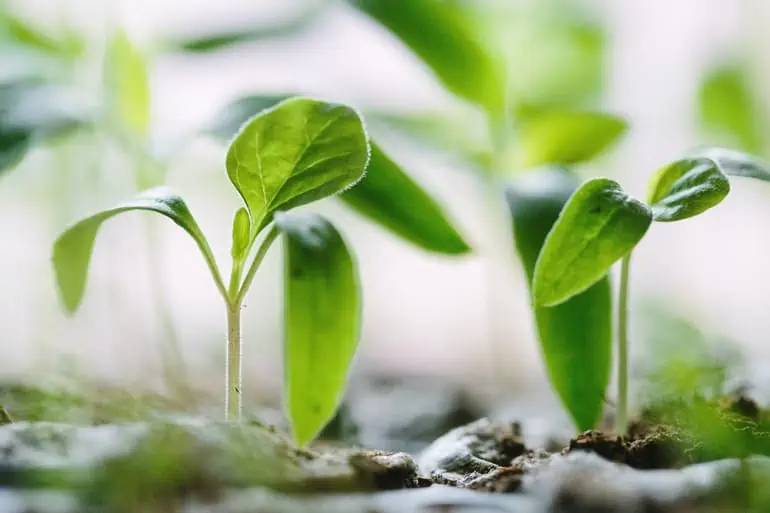
It is important to put Bonsai in the fridge to create artificial winter conditions for them. This is more or less a custom usually performed for seeds from temperate regions as they require an extended stay in the cold before they can germinate. The essence of this ritual is to prevent the germination time of the seed from coinciding with the winter period.
How long to leave the Bonsai seed in the fridge?
Bonsai seeds are usually stratified to increase their chances of germinating. One of the processes of stratification is putting the seed after bagging them inside the fridge. Usually, they are left in the fridge for close to 3 to 7 weeks before they are planted.
How do you store seeds properly?
If you’re planting out of season or you brought your seed from another climate, you need to treat such seeds before planting to boost their survival chances. The best way to do so is to soak them in water and leave them in the fridge for about a month to 2.
How long to leave the Bonsai seed in the fridge?
After mixing your seed with sand or peat, the next step will be to put them in a plastic bag and allow them to stay in the freezer for nothing short of 3 to 7 weeks.
What’s the best way to germinate Bonsai seed?
There are different approaches to germinating Bonsai seeds based on their condition.
If the seed you have eaten fresh ripe seeds harvested in the current growing season, then you can proceed immediately into the planting stage.
However, if your seed falls into any of the categories below, the best way to germinate them is through stratification.
- The seeds you want to plant are from a different region.
- You plan to plant out of season.
- If you are using store-bought seed that has been stored away for a long.
Process of stratification
- Abandon the seeds in a body of water to soak them for at least 24 hours.
- After this period, you will notice seeds at different water levels. Some will sink while others will float. Those seeds underneath the water are ripe and would germinate, while the floating seeds are to be disposed of because they will not germinate.
- Place the ripe seeds on a wet paper towel.
- Wrap them up and put in a clear plastic bag.
- Put the bag in the fridge for about 7 days and plant afterward.
How long does it take for Bonsai seed to germinate?
Ideally, Bonsai seed should germinate within 10 to 12 days, but it makes takes some seeds about 15 to 40 days to germinate.
How long does a Bonsai take to grow from seed?
Starting a Bonsai from seed is both arduous and time-consuming. It will take a period of 5 to 10 years before your tree can be ready to be trained to be styled into different shapes.
How do you soak Bonsai seed before planting?
For the best result, soak your seed between layers of damp paper towel before placing them in a container of warm water and then leaving them to soak for at least 12 to 24 hrs before planting them.
How many seeds do I need to grow a Bonsai tree?
Although technically, it takes only one successful seed germination to grow a Bonsai tree, to improve success chances, it is often recommended that you plant at least 3 to 5 seeds at a time.
How long do Bonsai seeds stay good for?
You should know that the shelf life of Bonsai seed is species-specific, and therefore, their expected shelf life varies. For example, the shelf life of some Bonsai species like Scott’s pines, pitch pine, Japanese pine, and Jack pine is expected to be within the range of 5 to 10 years and still have a germination rate of 50%.
While the shelf life of some species like the Chinese lacebark pines and Japanese white pine with a shelf life of a year and a germination rate of 50%
Do you have to soak Bonsai seed?
No, you don’t have to always soak Bonsai seeds. You do not need to soak fresh ripe seeds from the current growing season before they germinate. Soaking is only recommended for seeds you are planting out of season or seeds that have been stored away for a long time.
Do Bonsai seeds expire?
Yes, Bonsai seeds expire. Just like many other things around the world have expiration dates — a point in time where they can no longer become useful. At some point, Bonsai seeds also reach that stage in which they will refuse to germinate when you plant them. Although this is greatly influenced by two factors, the storage method and the Bonsai tree species.
Should I mist my Bonsai tree?
Yes, you should mist your Bonsai tree. Bonsai trees can be planted indoors or outdoors, depending on their suitability. While you may not need to mist your outdoor Bonsai tree, your indoor Bonsai tree has lots to benefit from your occasional misting.
This is because most time in the indoor space, the humidity is usually very low due to the continuous running of the HVAC system. Therefore, to increase the humidity around your indoor Bonsai, you may have to occasionally mist them with water to keep them moist.
What does prechilling seed mean?
Pre-chilling seeds are seeds stored under conditions similar to the process they go through in nature. In nature, when seeds drop to the ground, they become frozen during winter, then later they are washed by rain or melting snow and break dormancy before they finally germinate during spring.
The process of stratification discussed so far in this article is designed to mimic this process.
